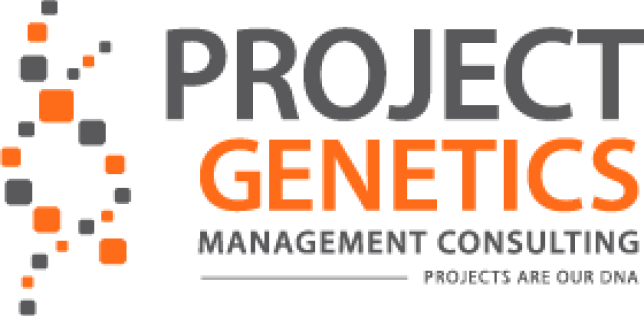Contributions by Jim Thomas.
Why Migrate and Why Now?
With the UKG Workforce Central Suite end-of-life quickly approaching, UKG customers need a solid migration strategy. Both engineering and Kronos Private Cloud support will end in December 2025.
To help, Project Genetics has outlined the steps you will need to follow to prepare yourself for the migration. This client-side preparation will streamline migration as you engage a services and implementation partner.
Step 1: Define Objectives
Clearly define your organization’s objectives for implementing UKG Dimensions. Determine what specific areas you want to focus on, such as workforce planning, talent management, or employee engagement. This will help you tailor the implementation to your organization’s needs.
Step 2: Assess Data Readiness
Evaluate your data readiness by reviewing your organization’s existing HR systems and data sources. Identify the systems that contain relevant employee data, such as HRIS, payroll, performance management, and learning management systems. Assess the quality and completeness of the data to ensure its suitability for analysis.
Step 3: Plan Implementation Strategy
Develop a detailed implementation strategy. Define the scope, timeline, and resource requirements for the implementation project. Determine the key stakeholders involved and assign roles and responsibilities. Identify any potential challenges or risks and develop mitigation plans.
Step 4: Data Integration
Integrate the necessary data sources with UKG Dimensions. This may involve setting up data connectors, APIs, or establishing data transfer protocols to securely extract, transform, and load the required employee data into the platform. Work closely with your IT department or relevant technical resources to ensure smooth data integration.
Step 5: Configuration and Customization
Configure UKG Dimensions to align with your organization’s structure, policies, and metrics. Customize the platform by defining the dimensions and measures relevant to your business goals. This includes setting up organizational hierarchies, job profiles, performance metrics, and other relevant parameters.
Step 6: Data Validation and Testing
Validate the accuracy and completeness of the integrated data within UKG Dimensions. Perform thorough testing to ensure the data is correctly mapped, aggregated, and presented in the desired format. Verify that the calculated metrics and analytics align with your expectations.
Step 7: User Training and Adoption
Provide comprehensive training to the users who will be utilizing UKG Dimensions. Educate them on the platform’s features, functionality, and best practices for data analysis and interpretation. Encourage user adoption by highlighting the benefits and value of the platform in supporting data-driven decision-making.
Step 8: Rollout and Ongoing Support
Gradually roll out UKG Dimensions to different teams or departments within your organization. Monitor the implementation progress, address any issues or concerns, and provide ongoing support to users. Continuously gather user feedback to identify improvement areas and optimize the platform’s usage.
Step 9: Analyze and Act on Insights
Leverage the analytical capabilities of UKG Dimensions to gain insights into your workforce and make data-driven decisions. Use the platform’s reporting and visualization features to generate meaningful reports and dashboards. Analyze the data to identify trends, patterns, and areas for improvement, and take appropriate actions based on these insights.
Step 10: Monitor and Refine
Continuously monitor the usage, effectiveness, and impact of UKG Dimensions. Regularly assess data quality, refine the configuration as needed, and update the platform to accommodate evolving business requirements. Stay informed about new features and updates through UKG releases and leverage them to enhance your people analytics capabilities.
Remember, the implementation process may vary depending on your organization’s needs and requirements. It’s recommended to consult with UKG or their implementation consultants for detailed guidance and support throughout the implementation journey.
We hope this information is helpful to you. For any questions on UKG Dimensions migration or other UKG HCM initiatives, don’t hesitate to contact sales@projectgentics.com to set up a call.

